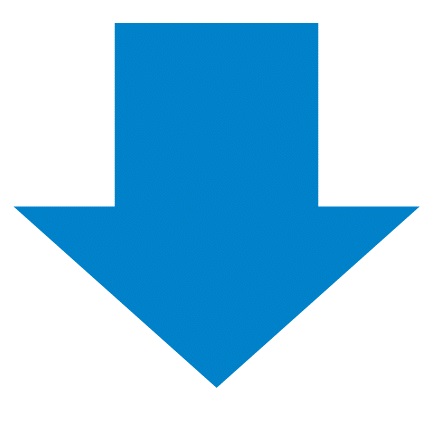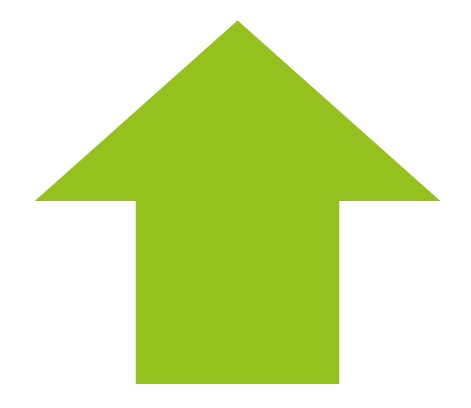- Home
- What is influencing GB cattle prices?
What is influencing GB cattle prices?
The GB prime cattle price was on a downward trend between mid-September 2018 and October 2019. Despite a slight rally in April and May, the GB R4L steer price fell 50p between those dates, the biggest drop since 2014. Prices have steadied somewhat during the latter part of October 2019 and November, partially supported by temporary Christmas kill demand.
What factors might have influenced this downward trend in market prices?
In its simplest terms, supply and demand have been out of balance, meaning too much beef on the market. Demand has also moved towards cheaper cuts; sales of steaks, so important for the value of the carcase, have been lower. Combined with heavier carcase weights, driven by the need to feed concentrate over winter, followed by outstanding grass growth, this has tipped the market into a state of oversupply. Reduced imports and higher exports are helping to balance the situation, but the market has yet to turn.
Historically GB prime cattle prices tend to drop in the first half of the year, reflecting weaker demand for typical cuts at this time. Even in the relatively high priced years of 2017 and 2018, prices did show drops in the first few months of the year. However, high Europe-wide demand for manufacturing beef in those years more than compensated. This led to an overall rise in prices through from mid-2016 to mid-2018.
While declines early in the year are not unusual, it is unusual for prices to fall as far and for as long as they have done since September last year. There are a number of forces currently at play, which are continuing to put downward pressure on GB prices.
Pressure on cattle prices

Downward pressure
- Generally poor consumer demand at retail level
- Reduction in beef occasions in foodservice
- Higher carcase weights giving increased production
- Reduction in average UK export prices, despite higher volumes
- Overall Irish exports up, at lower prices
- European manufacturing demand subsided
- Higher European cold store stock

Upward pressure
- UK beef imports down including less from Ireland
- Tentative signs of some improvement in retail demand
- Recent fall in Irish slaughter figures
GB beef market explained
A closer look at the beef market, taking into account prices, supply and demand and costs of production.
More information
For in-depth analysis of the factors affecting GB cattle prices, explore the following articles from our market intelligence team.






.jpg?v=637780255490000000)
